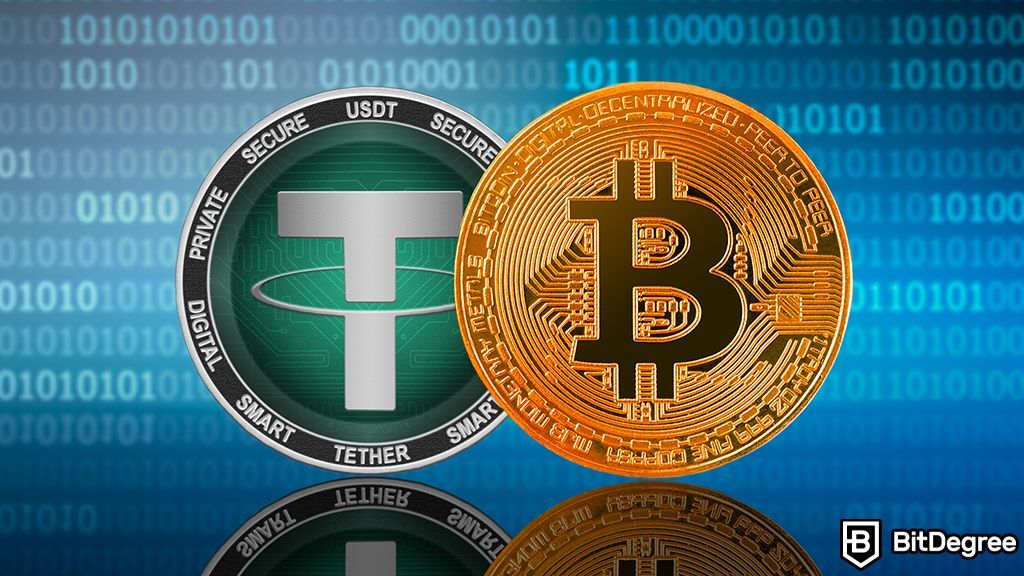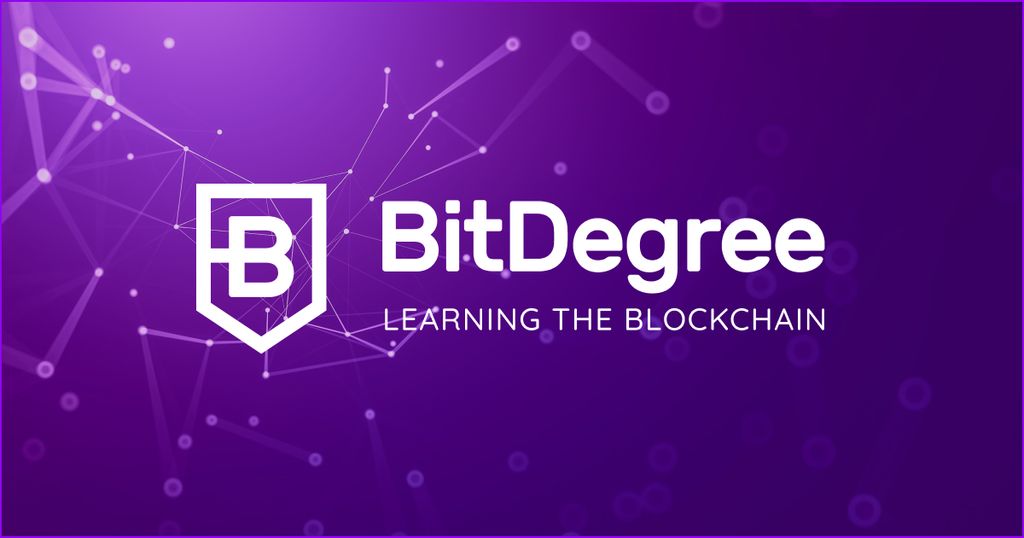DePIN’s social impact

Navigating the complexities of the digital age Decentralized Physical Infrastructure Network (DePIN) This marks a pivotal moment in the ongoing conversation regarding the role of technology in society. In this regard, DePIN is not just another buzzword in the vast lexicon of Web3 terms, but a significant shift towards a more equitable infrastructure. To elaborate, DePIN challenges traditional paradigms of digital and physical infrastructure development by championing a model that is not only decentralized, but also inclusive and community-driven.
At the intersection of technology and social change
DePIN’s place of business The idea is to leverage blockchain to help communities build and manage their own physical infrastructure from the ground up. This approach disrupts existing models by decentralizing ownership and interests, turning participants into stakeholders in the new digital economy. This is a paradigm shift from corporate monopoly control of infrastructure to a more democratic, community-driven model.
The mechanisms prevalent in DePIN are designed to foster a self-sustaining ecosystem. By rewarding contributors with tokens, we encourage expansion and maintenance of the infrastructure and create a loop of growth and rewards. This model has the power to transform sectors as diverse as mobility, energy and communications, primarily by enabling rapid and cost-effective expansion and fostering innovation at the grassroots level.
Beyond this, the essence of DePIN lies in its potential to foster profound social impact. This opens opportunities for individuals and communities, especially those in underserved areas, to access new revenue streams and become active players in the digital economy. These changes provide the dual benefit of strengthening infrastructure while also improving communities, aligning economic incentives with social progress.
Consider the case of a NATIX network.has leveraged the ubiquity of smartphones and turned them into a decentralized network of AI-powered cameras. These cameras collect important mobility information in real time, including traffic flow and road conditions. By developing a freely downloadable dashcam application, NATIX encourages individuals to contribute to these data collection efforts by using their smartphones while driving.
The application analyzes video captured on your device and turns it into valuable, anonymized insights. Participants are rewarded with tokens for their contributions, making smartphones an integral part of the DePIN infrastructure. This entire process, from data collection to token distribution, is managed on the blockchain, ensuring transparency and security of the reward system.
Why use DePIN?
The advantages of DePIN over the existing phenomenon are very strong. First, DePIN sets a new standard for infrastructure development by revolutionizing scaling, community engagement, governance, and access. DePIN leverages the power of crowdsourcing to achieve rapid, cost-effective scaling beyond traditional models. This is an approach vividly illustrated in the example of the NATIX network mentioned earlier.
Additionally, unlike traditional models that rely heavily on corporate control, DePIN places power and ownership of infrastructure directly in the hands of the community. These changes not only democratize access to resources but also ensure infrastructure benefits. distributed equally Among those contributing to and utilizing the network.
DePIN also advocates open governance, a stark contrast to the opaque practices of existing infrastructure projects. By operating according to principles of transparency and democracy, Networks like bloXmove We ensure drivers and passengers are treated fairly by providing clear and fair service terms and prices. This openness extends to resistance to censorship through projects such as: Silencio Network Provides Unfettered Access to Valuable DataSuch as global noise pollution levels without the gatekeeping that exists on centralized platforms.
Finally, the economic model underpinning DePIN is equally innovative. By decentralizing ownership and maintenance of hardware, these networks significantly reduce the capital and operating costs associated with traditional infrastructure. This efficiency is further enhanced by blockchain technology, which facilitates secure and direct transactions without the need for costly intermediaries. Additionally, DePIN, based on Web3, gives participants access to a set of tools and services, including DeFi, which can generate additional revenue streams and further lower the barrier to entry.
Empowerment and inclusion are at the core of DePIN’s mission.
Let’s take this discussion further and consider the real-world outcomes of the DePIN initiative already underway. The project showed how. Local energy grids can reduce dependence on large utilities. – Think Power Ledger and We Power — Providing communities with financial independence as well as sustainability.
Similarly, decentralized communication networks Promise to bridge the digital gap, providing critical Internet access for education, healthcare and business opportunities in remote and underserved areas. Projects like Chirp are at the forefront of this revolution by building wireless networks using blockchain technology that rewards users for their contributions.
Additionally, the tokenization aspect of DePIN serves as an innovative economic model by allowing quantification and reward of contributions in a fair and transparent manner, providing a clear path for investment and participation in infrastructure projects. It has the potential to attract a wide range of participants, from tech enthusiasts to local governments and NGOs, all contributing to a joint effort to improve society.
Through these rich perspectives, it becomes clear that DePIN is more than just a technological innovation, but doubles as a social and economic movement. By creating a model where everyone can contribute to and benefit from infrastructure development, we are setting the stage for a future where technology and society can advance together according to principles of inclusion, empowerment, and collective progress.
Read more: 7 Blockchain Technology Jargons to Follow in 2024



